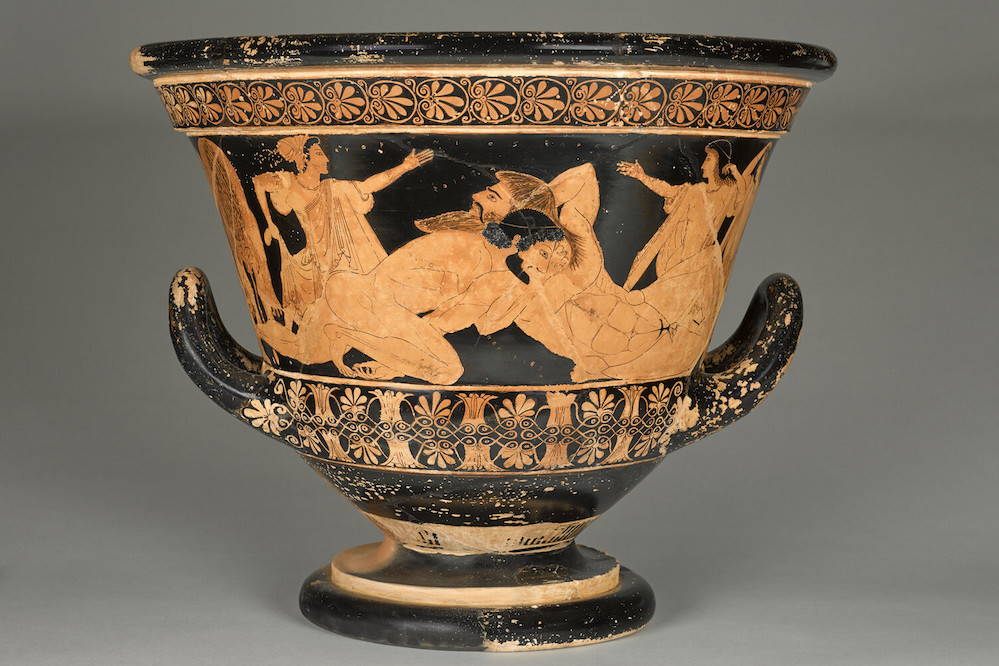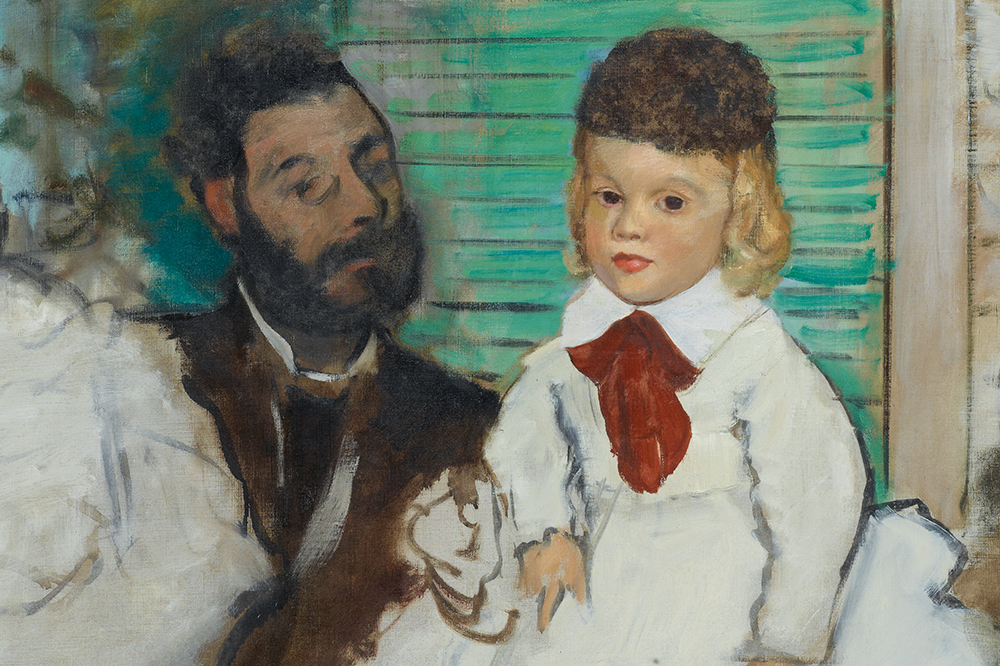Khaled al-Asaad, an archaeologist who served as director of antiquities of Palmyra for 40 years between 1963 and 2003, was killed on Tuesday by Isis militants. The 81 year old was apparently held for a month by the jihadists, who were trying to establish the whereabouts of the site’s antique treasures. He was beheaded after refusing to cooperate, his family reported to Syria’s director of antiquities, Maamoun Abdul Karim. His mutilated body was then reportedly hung from one of the site’s ancient pillars.
Asaad’s murder is a chilling reminder of the risks faced by archaeologists and academics in Isis-controlled areas. Since they seized Palmyra in May, Isis has left most of the town’s ancient ruins intact, preferring to use them as a stage for their atrocities. But they have destroyed major heritage sites elsewhere in Syria and Iraq, and fund themselves partly through looting and selling ancient artefacts on the black market. Volunteers across the region have put themselves on the front line in an effort to protect local heritage, removing and hiding ancient artefacts believed to be at risk, and working as closely as possible with international organisations to monitor and record the militants’ activities.
‘They killed him [Asaad] because he would not betray his deep commitment to Palmyra’, Unesco director general Irina Bokova said in a statement. ‘His work will live on far beyond the reach of these extremists. They murdered a great man, but they will never silence history.’
In a further blow to the defenders of Syria’s heritage, a member of the Directorate-General of Antiquities & Museums (DGAM) was also killed last week in Damascus. Assistant director of laboratories, Qasem Abdullah Yehiya, died in a rocket attack on the citadel and national museum. Meanwhile, in Iraq, images have emerged online that appear to show further destruction at the ancient site of Nineveh, at the hands of Isis militants.
As Isis continues to fight for control of the Middle East, efforts to protect both local people and heritage sites must go hand in hand, so that – eventually – those who have dedicated and risked their lives to preserve the region’s history have something to go back to.
Unlimited access from just $16 every 3 months
Subscribe to get unlimited and exclusive access to the top art stories, interviews and exhibition reviews.


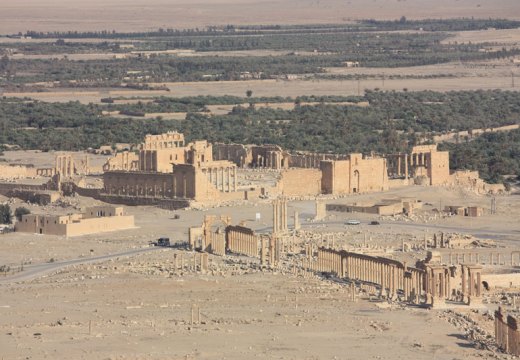
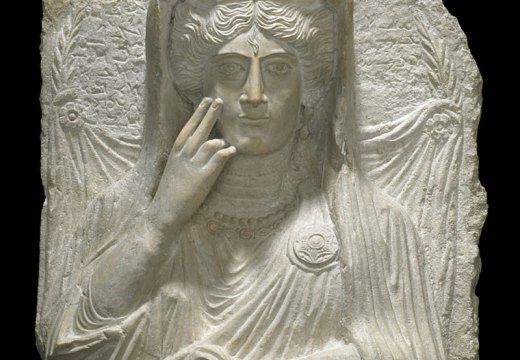
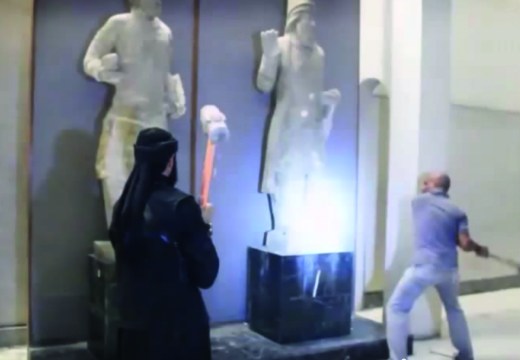









![Masterpiece [Re]discovery 2022. Photo: Ben Fisher Photography, courtesy of Masterpiece London](http://www.apollo-magazine.com/wp-content/uploads/2022/07/MPL2022_4263.jpg)



